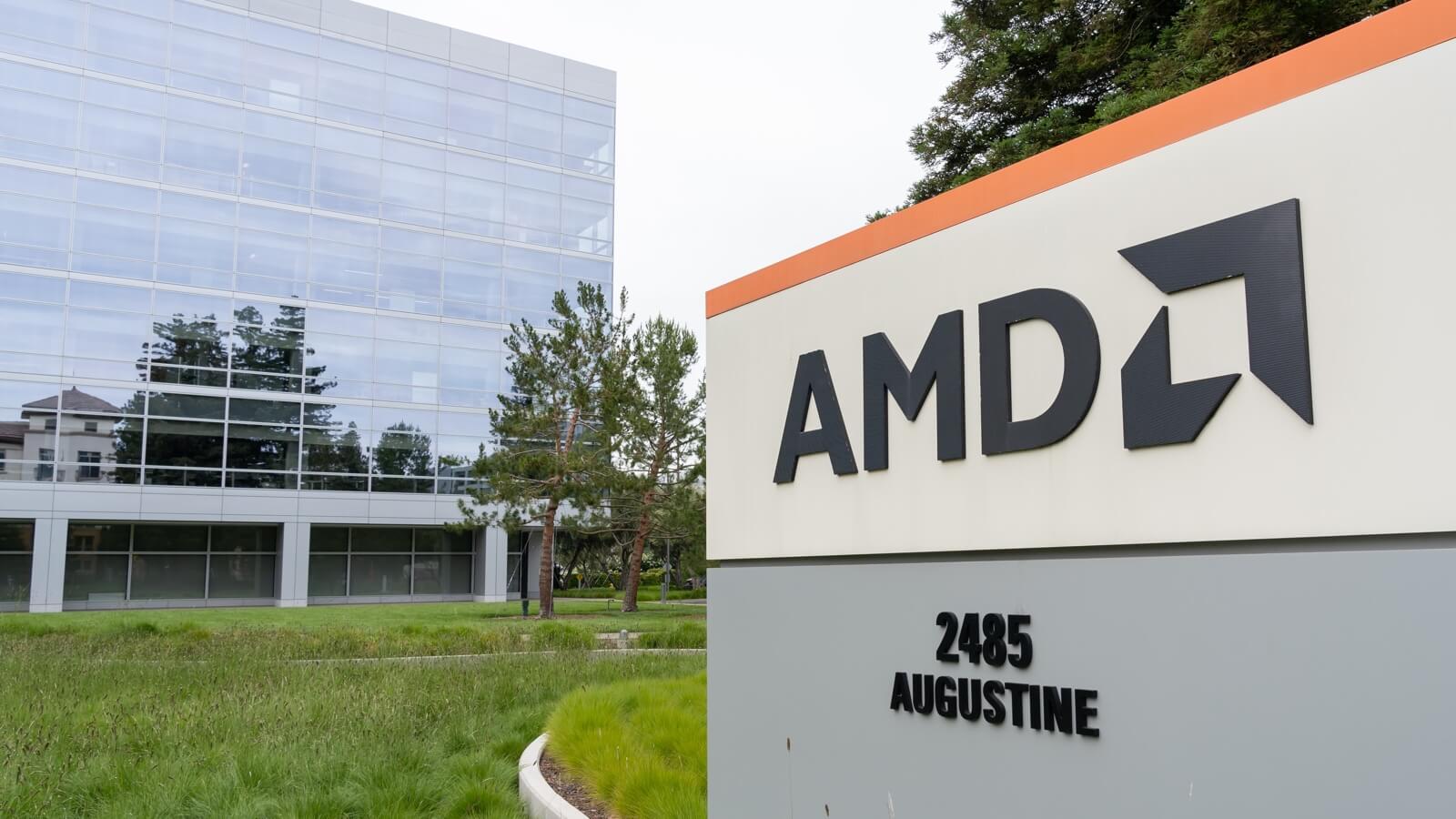The growing demand for computing power in sectors like animation, visual effects, and architecture is fueling a quiet revolution in data centers. The rise of 3D modeling, digital filmmaking, and intensive rendering requires infrastructure that is not only more powerful but also more efficient and sustainable. In this context, Ranch Computing and AMD have teamed up to tackle one of the industry’s biggest challenges: finding the balance between performance and sustainability.
A sector that is calculation-intensive and consumes large amounts of energy
According to estimates cited by Robert Hormuth, AMD’s Corporate Vice President of Architecture and Strategy in the Data Center Solutions Group, global data center capacity will rise from 180 gigawatts (GW) in 2024 to 296 GW in 2028, with a compound annual growth rate (CAGR) of 12.3%. Even more concerning is the projected electrical consumption, which will double in just four years—from 397 TWh to 915 TWh—with a CAGR of 23.3%.
This growth not only presents an economic challenge but also an environmental one. This is where Ranch Computing, a French rendering farm founded in 2006 and specializing in computer-generated images for architecture, animation, and visual effects, steps in. Its clients include studios like TAT Productions, creators of “Asterix and Obelix: The Great Fight” (available on Netflix), and technological partners such as Pixar and its RenderMan engine.
AMD EPYC and immersion cooling: a strategic move
Ranch Computing has integrated servers powered by AMD EPYC™ fifth-generation processors (codenamed “Turin”) cooled via immersion, a technology that maintains optimal temperatures by submerging hardware in specialized dielectric liquids. This method eliminates the need for fans and reduces air conditioning use, transforming efficiency paradigms in high-performance computing (HPC) data centers.
Since 2020, Ranch Computing has been testing servers with AMD EPYC 7742 processors featuring 64 cores (“Rome”). In 2022, they adopted the “Milan” (EPYC 7003) series and later the “Genoa” and “Bergamo” (EPYC 9004) series. In 2023, they deployed their first immersion-cooled servers with EPYC 7763, a 64-core processor, and shortly afterward, models with EPYC 9754, with 128 cores. Now, with the production release of the new fifth-generation EPYC processors in 2025, Ranch Computing further advances its strategy of combining performance with sustainability.
“Immersion isn’t just a technical evolution; it’s a tangible solution to energy issues. With AMD, we’re creating a more compact, intelligent, and environmentally friendly infrastructure,” says Julien de Souza, CEO of Ranch Computing.
Prioritizing digital security and sovereignty in the visual sector
Beyond energy efficiency, Ranch Computing has strengthened its commitment to digital sovereignty and intellectual property security. The company has received the TPN Gold Shield certification—the most stringent certification from the Trusted Partner Network (TPN)—which ensures high standards in protecting sensitive content from internal and external threats. Backed by international studies, this accreditation is especially valued by companies like Pixar, Netflix, and European studios handling confidential digital assets.
Concrete benefits of immersion cooling
According to data shared by Ranch Computing on their technical blog, adopting immersion cooling has led to significant improvements in sustainability and efficiency:
- 40% reduction in peak energy consumption per server.
- Increased server density, enabling more power in less space.
- Lower carbon footprint, as all infrastructure is powered 100% by renewable energy (solar, wind, and hydro).
- Longer lifespan of components due to stable temperatures.
- Elimination of air conditioning in the technical room, thanks to the absence of forced ventilation.
This approach not only cuts operational costs but also aligns Ranch Computing with European climate goals and sustainable digitalization policies shaping the future of entertainment and data centers.
RenderMan Challenge: democratizing access to HPC
In 2024, Ranch Computing provided access to its AMD EPYC servers through the AMD Creator Cloud platform for participants of the RenderMan Art Challenge organized by Pixar. This initiative allowed artists worldwide to render their works from anywhere, using Ranch Computing’s computing resources at no cost. Last year’s theme was “SciTech,” and exciting surprises are expected for the 2025 edition, scheduled to be announced on August 13 at SIGGRAPH 2025.
Such initiatives not only showcase AMD processors’ potential in the creative environment but also reinforce commitments to accessibility, emerging talent, and barrier-free technical innovation.
AMD and Ranch Computing: a partnership shaping the future of creative data centers
What started as a proof of concept in 2020 has grown into a strategic collaboration demonstrating how high-performance technologies can coexist with sustainable infrastructure models. Combining AMD EPYC processors, immersion cooling, and 100% renewable energy enables Ranch Computing to offer competitive global services while meeting the highest technical and environmental standards.
In an industry where each frame can require millions of calculations, energy efficiency is no longer optional—it’s essential. AMD and Ranch Computing are proving that maximum performance can be achieved without sacrificing environmental commitments.
FAQs
What advantages does immersion cooling offer over air cooling?
It reduces energy consumption, allows higher server density per rack, improves thermal stability of hardware, extends component lifespan, and eliminates the need for air conditioning.
What are AMD EPYC processors, and why are they used in rendering?
They are high-performance CPUs with a large number of cores (up to 128), ideal for parallel workloads like 3D rendering, simulations, and scientific computing. Their architecture optimizes both performance and energy efficiency.
What is the TPN Gold Shield?
It’s the highest certification granted by the Trusted Partner Network (TPN), supported by Hollywood studies, to ensure digital property security in technology and post-production providers.
Where are Ranch Computing’s services used?
Mainly in animation, architecture, and visual effects sectors. Their clients include European and international studios that rely on demand-based rendering services, now powered by AMD and immersion cooling.
source: amd.com

